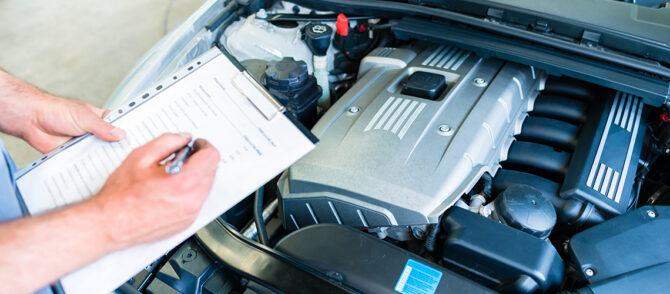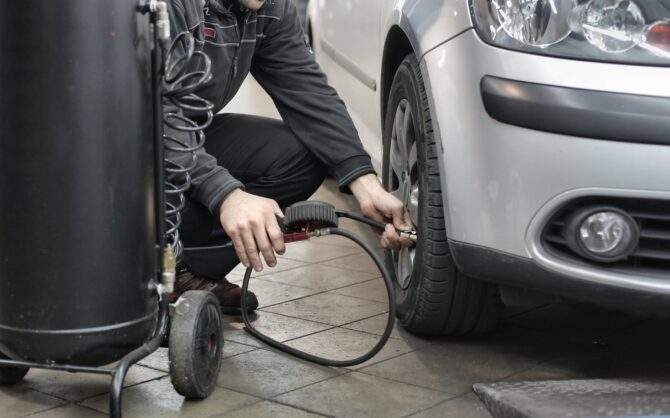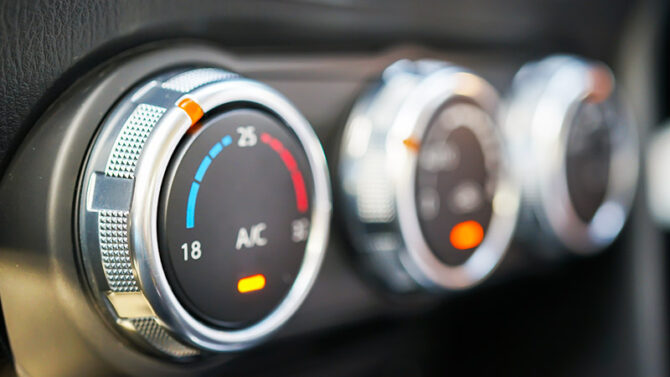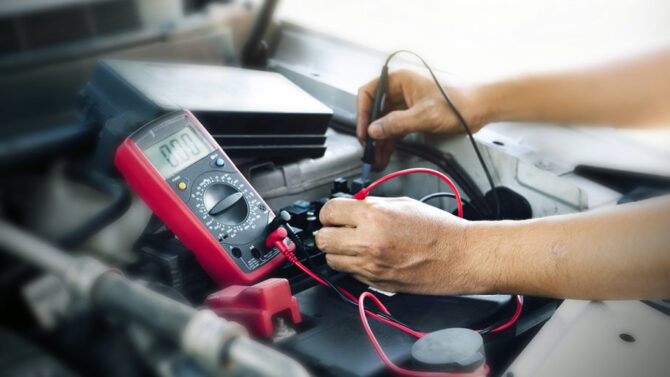
Road trips may be lengthier than a flight, but driving to a holiday destination continues to be a popular option for many travelers around the world. Whether you are traveling alone, with a friend, or a small group of colleagues, road trips offer a unique sense of enjoyment and excitement that you can’t get in any other way. Plus, if you’re traveling with other people, the trip provides ample opportunities to bond and know other people better.
The warm summer months are typically the most popular times for a long road trip, although it is not uncommon for people to do it on other months or even over the weekend. Are you planning to go on a road trip sometime soon? In collaboration with a car repair experts from DT Service Centre share here insights on what you need to do before and during the hours-long drive.
1. Visit a service center

Source: jacobkenth01.over-blog.com
Always get your car checked out by a specialist mechanic. Long drives subject vehicles to many stresses. It is better to pay for a check-up than having a tire blowout during the ride.
Let the mechanic know about your travel plans so the staff can perform a comprehensive check on your vehicle. Extensive checks include a range of services, including checking fluid levels, performing an oil change, and measuring your brake pads, among others. By conducting these checks, you are reducing the chances of machine failure or another part breaking down while you’re on the road.
For luxury cars, don’t skimp on checks and have your vehicles checked by a specialist. Compared to mainstream vehicles, luxury cars are rarely mass-produced; the same goes for parts.
To keep your premier vehicle running in top condition, visit a reputable service center that specializes in your manufacturer. By doing so, you are assured that only original parts are installed and used on your vehicle.
2. Get the tires checked

Source: pexels.com
Comprehensive checks include getting your tires rotated. But don’t stop there. Have the tires checked while you are at the repair shop, as well.
As the tires are the parts that are constantly in direct contact with the ground, they are most likely to get worn down over time. Driving with worn tires is dangerous as the tire’s surface will have difficulty in gripping the road.
Studies show that the difference is considerable. Even driving a tire with moderate wear on a wet road can affect brake distances by 90 feet. Keep yourself and your passengers safe by getting them inspected.
Other than wear, remember to have the tire pressure checked, as well. You wouldn’t want to drive on a flat tire and damage it even further.
The summer heat can be especially hard on tires. Tires can start peeling and fall apart when the temperatures get too high. Keeping the tires inflated provides a layer of protection, which is essential during a long drive.
3. Maintain car temperature

Source: autoguru.com.au
Your car air conditioning system is critical for your driving comfort. Imagine driving across the desert with a busted air conditioner. Each minute of the drive will feel like hours of torture.
The car will also be subjected to intense heat while it is in operation. Cars have a built-in cooling system that keeps the engine at a safe working temperature. It can quickly overheat during the summer or if the cooling system does not work as intended.
Before any long trip, make sure your cooling systems are in good condition. This includes the air conditioning units for both the people and the engine. It is easy to overlook issues in the cooling system as these can happen gradually, but by having them checked regularly, you can prevent problems from occurring during your trip.
4. Inspect the battery

Source: auto.howstuffworks.com
A dead battery can stop your trip in its tracks. Don’t let it happen to you. Have your battery checked out by a mechanic if you don’t feel confident enough to do it yourself.
As heavy and bulky as they may appear, car batteries consist of many delicate parts. Small changes can affect its performance. For instance, something as simple as corrosion can have devastating effects.
The battery’s terminals are responsible for charging the car. Corrosion can prevent electricity from flowing freely. This may make it difficult to start the vehicle, or you may hear clicking whenever the key is turned.
When it comes to the terminals, there are ways to keep corrosion from building or getting worse. A quick way to remove any build-up is to apply a paste consisting of water and baking soda. Use a toothbrush to apply the mixture.
Test the battery after you’ve wiped away the paste and see how it performs and sounds when under load. Alternatively, you can have the mechanics do it for you during your pre-trip check-up visit.
5. Clean your car

Source: carmaxea.com
A clean car makes for a more enjoyable trip. Passengers don’t like to sit in a vehicle filled with old food and candy wrappers, cups, straws, and napkins from past trips.
You may even have a passenger who has an allergy, so leaving a dog or cat hair in your car can have them sneezing throughout the ride. Make the trip more pleasant for everyone by having it cleaned.
Get your car washed by a professional. Visit a car wash to get every inch spotless. But you don’t have to wait until the next wash to get it cleaned.
Bring plastic bags that can hold the trash, at least temporarily. You can dispose of the waste at the end of the day or when you can come across a garbage can. In the worst-case scenario, clear the trash every few days, to avoid accumulating trash.
Consider carrying a portable vacuum cleaner if you can. A vacuum cleaner can remove any dust or dirt that may have accumulated in the car during the day. Think of it as a precaution to prevent your passengers from sneezing or wheezing.
The preparation process is just as necessary as the trip itself. Prepare for your drive with this guide. By following these tips, you can limit the number of potential issues you encounter while on the road.



